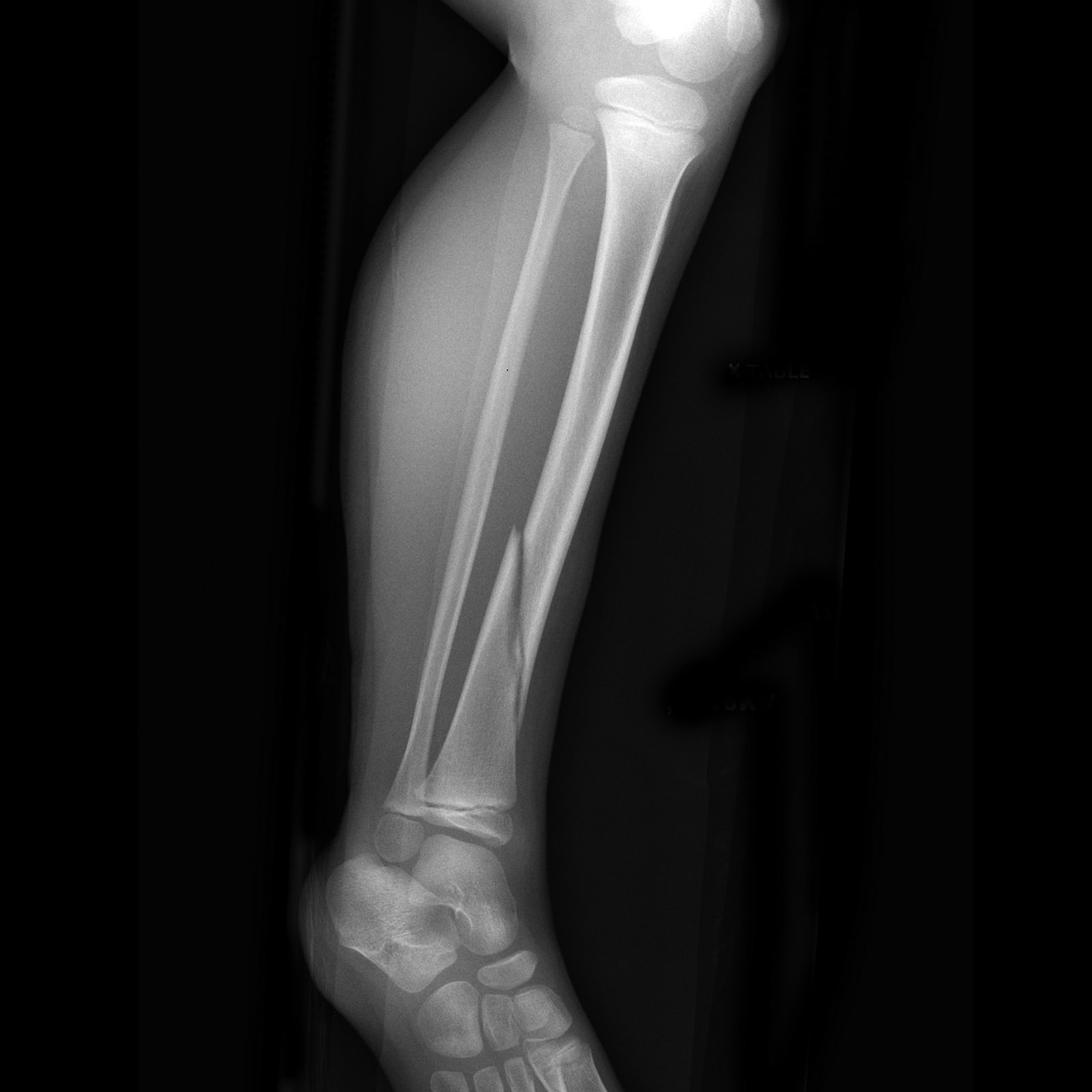
Your body is continually borrowing from the bone calcium stores by breaking down the bone (resorption), and then rebuilding it. Calcium is essential in many vital bodily functions such as muscle contraction, blood clotting, enzyme function, and heart rhythm. In addition to providing structural support for your body, bones are an important calcium storage system. Although we think of bones as solid static structures, on a microscopic level, your body is continually breaking down and re-building your bones.


Tibial stress fracture how to#
Why do bone stress injuries occur?īone physiology is extremely complex, but it is important to understand the basics in order to fully respect why a BSI may occur and how to address the underlying cause. Although they are often referred to as “stress fractures,” these injuries occur along a pathology continuum ranging from a “stress reaction,” involving inflammation of the periosteum and bone marrow, to actual stress fracture where distinct fracture lines are present (2). Simply put, a BSI occurs when a bone is unable to withstand the repetitive loading that is being applied to it. Readers should come away with a better understanding of when they might need to seek help from a qualified medical professional so they may return to running as soon as possible. The goal of this discussion is to provide a summary of the risk factors, classic symptoms, common locations, and importance of appropriate diagnosis of BSIs.

I know too many stories of runners who have unsuccessfully tried to run through bone stress injuries, either because they held off too long on seeking diagnosis and treatment, or because their healthcare provider misdiagnosed the injury. BSIs are quite common among athletes, comprising over 10% of all sport-related injuries, account for up to 20% of all injuries treated in sports medicine clinics, and account for up to 30% of all running related injuries (1-3). The topic of bone stress injuries (BSIs) is very complex, and research continues to investigate these injuries so they can be better prevented and appropriately managed.


 0 kommentar(er)
0 kommentar(er)
